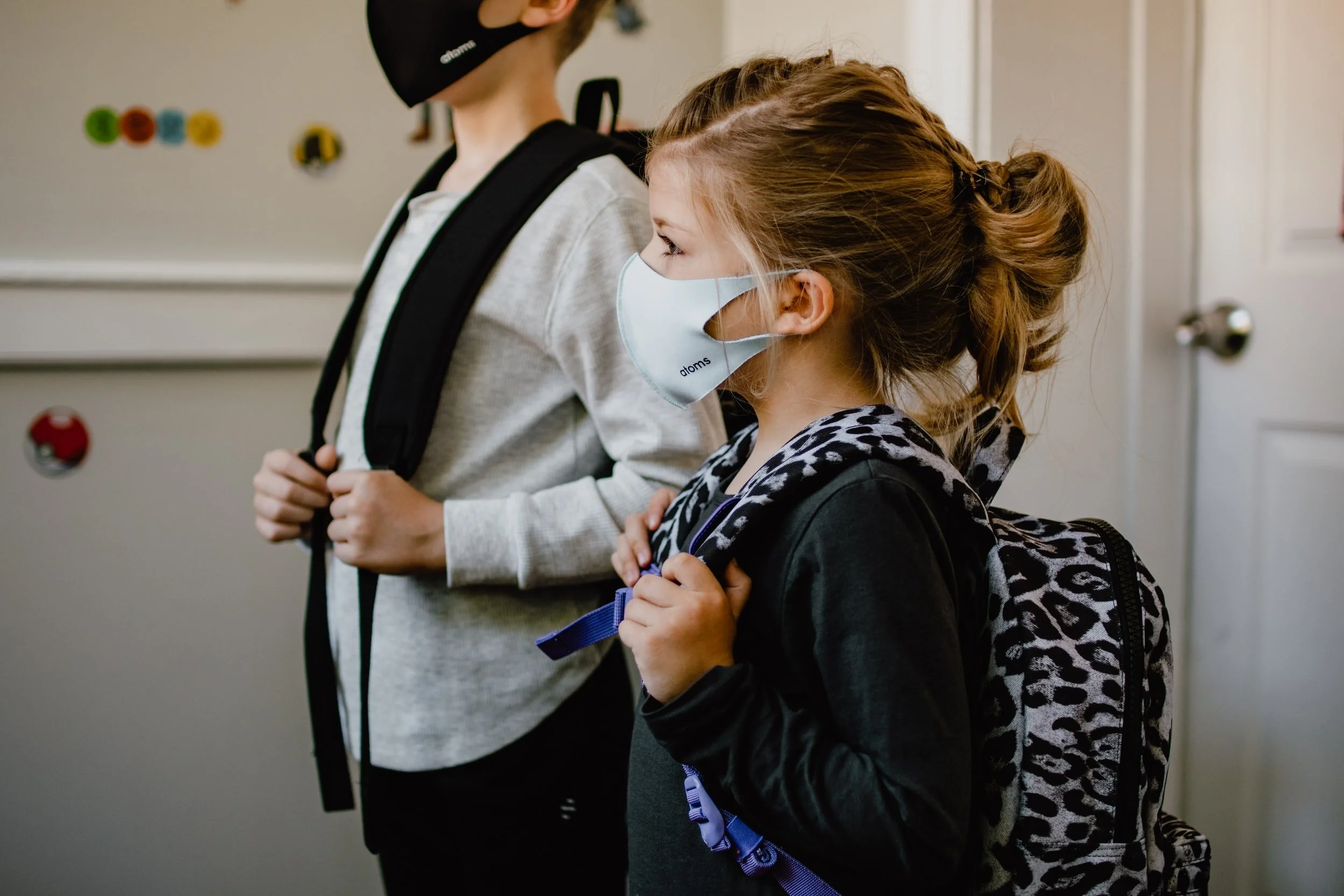I was sitting in a classroom that now looks fairly normal to me—desks all six feet apart, windows slightly cracked on a freezing afternoon, hand sanitizer stationed at the front along with wipes for desks—and I was masked, concentrating on some work I was posting to my virtual classroom. A colleague and friend sat across the room, also engaged in some silent activity, when another colleague popped his masked head in and abruptly asked, “Are we ever going to get grit back?” The question hung in the air. Moments from my training in positive psychology flashed through my mind. “Grit? What do you mean?” I asked.
He explained that we are covering less material than we ever have before, with lower expectations for how that material is learned—and the students are STILL saying how stressful everything is. I thought about this for a moment. It is true that the pace of my classes this year is slower than usual. We have covered less material and would typically have had far more traditional assessments—and I’d likely be less forgiving. My colleague continued, “It seems like no matter how much we reduce the workload, these kids are all saying how stressed they are.” It is true that the word “stressed” has become part of the school vernacular—ask students how they’re doing, and this is one of the more popular responses. And then all at once it hit me—of course they say that! First of all, they are legitimately and undeniably stressed. But what doesn’t help is that they are also completely bombarded with the message that they should be stressed and that things are so difficult right now. We are telling them repeatedly that they are overwhelmed, underserved, and in real danger. So, “Can’t we do less schoolwork?” seems like a reasonable response. Unprecedented times call for unprecedented leisures!
Wait a minute…that’s not how that saying goes. :)
It’s measures—of course. And though this time is unique in our history, we actually have ways to measure it like never before. For instance, we are keenly aware of the impact that the pandemic is having on our wellbeing, not just in terms of our physicality, but also in terms of our mental health. We understand like never before the impact of social isolation, the downward spirals of depression, and the debilitating nature of anxiety. Interestingly, we are also now benefiting from the science amassed from the practice of positive psychology—we understand the importance of boosting our positive emotions and vitality, engaging in our work and building our relationships, as well as shifting our focus to a sense of personal meaning and accomplishment. And while these uncertain times do make many of us feel nervous or stressed, we can change our message from “we understand you might break down” to “here are ways you can build yourself and others up.”
We have the ability to shift the message we are sending to our kids. We can start by changing the story we tell ourselves. Yes, this is an enormously difficult time. Yes, the world has seen worse times. Yes, we can handle it, but it’s best if we handle it together, with kindness and empathy and understanding. Some people are sailing through this pandemic and some are sinking—the point is not to judge anyone else’s experience, but to keep ourselves afloat. If you’re as buoyant as ever, lend some support to the next boat. Positive psychology is constantly misunderstood as ignoring the negative things that are unavoidable parts of life; in reality, what positive psychology offers is a toolkit to help us cope when things go wrong, and to help us thrive when things go right. It’s a science that elaborates on Einstein’s assertion that within every difficulty lies opportunity. Even stress itself has its upsides, for example—it prepares us for when something important to us is on the line—and we can and should become better at managing it, since stress is a part of life.
This pandemic has given us a chance to get better at realities of life that are difficult: dealing with feelings of uncertainty, isolation, and stress, as well as assessing risk. The science is clear on this one—many kids are suffering more by not being in school than by being in it. I am lucky enough to teach at an independent school that worked hard to stay in person throughout this school year. Administrators, teachers, and maintenance scrambled throughout the summer months to ensure we could come back to school as safely as possible—the campus was reevaluated and rearranged to make use of every possible space and a team of local health care providers were consulted to help us enact best practices. We came back to a “new normal”—scenes that now seem fairly standard, like benches that have caution tape or signs that say “ONLY ONE PERSON ON BENCH AT A TIME” and circles on the grass to show what appropriate social distancing looks like. While most students seamlessly adjusted to things like masks and distanced classroom settings with virtual schoolmates, things that altered our sense of community, like virtual zoom assemblies and having no spectators at sporting events, was more difficult. We do it, but we don’t like it.
And actually—that sounds a lot like grit.
Each day during this pandemic we are using courage and resolve—each day offers countless opportunities to build our strength of character. Grit requires a sustained effort over time—and this pandemic is sure to give us plenty of more time to practice. Schools are opening because medical experts agree that the benefits outweigh the risks—we can work together to develop strategies to deal with unknowns, and we can use these known practices to help our students (and each other) succeed:
1.) Acknowledge Emotions
Feeling nervous or stressed out is normal, but these are actually different feelings. It helps to really focus on naming our feelings, and to remind ourselves that we can feel this way without letting it rule us. We can slow down and take a breath, make a plan and maybe even some goals, and recognize that we have felt this way before. We are strong, and in times we don’t feel strong enough, we can ask for help.
2.) Take Care of Yourself
It’s important to take the time to recognize our strengths and to remember that we have made it through difficult times before. Now is a good time to build skills that help us manage worry, tap into our positive emotions, and think of some strategies that allow us to embrace change.
3.) Support Others
One of the founders of the field of positive psychology, Chris Peterson, said that the science can be elucidated into three words: “Other People Matter.” Relationships are key to our wellbeing, and part of the reason being in-person at school is so important is because it allows us to foster our connection to others. As we navigate our own challenges, we can remind ourselves and others to be kind, empathetic, and understanding. Science shows that making other people feel better is one of the best ways to increase our own sense of wellbeing.
For my part, I am going to stop telling my students (and myself, and my kids) how difficult this time is, and I am going to shift my focus to the opportunities that present themselves. If your children (or your students) are starting back to school soon, and if they’re feeling nervous, one of my favorite little tricks comes from a friend whose daughter is often anxious. When trying out for a play in fourth grade, back in the days of in-person theater, her daughter said she was feeling nervous. “Well,” my friend told her, “being nervous feels a lot like being excited.” She skillfully switched the conversation—and helped reframe the feelings her daughter was having—into something much more positive. “Dread” can be changed to “anticipation.” We don’t know what’s going to happen—but we can do our best and hope we get to play a positive role in the show. Because if the pandemic has taught us anything, it’s that the show—the real one, the big one called “life,” must go on.

